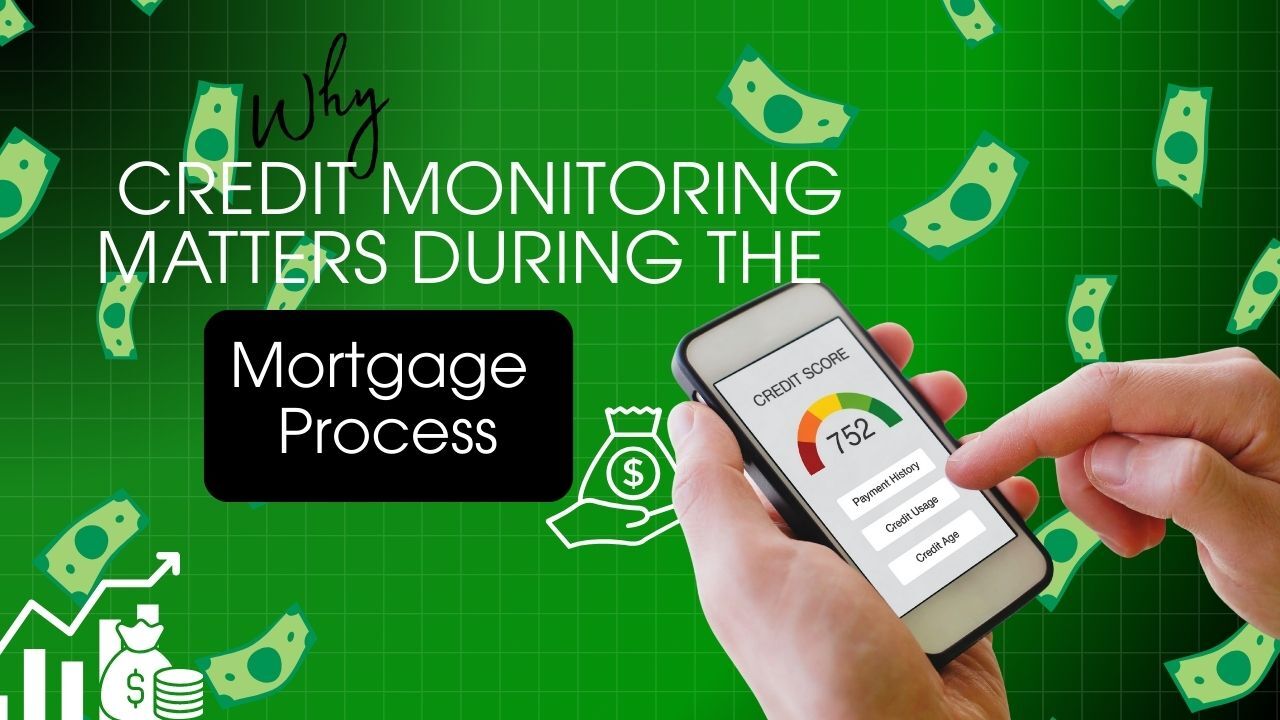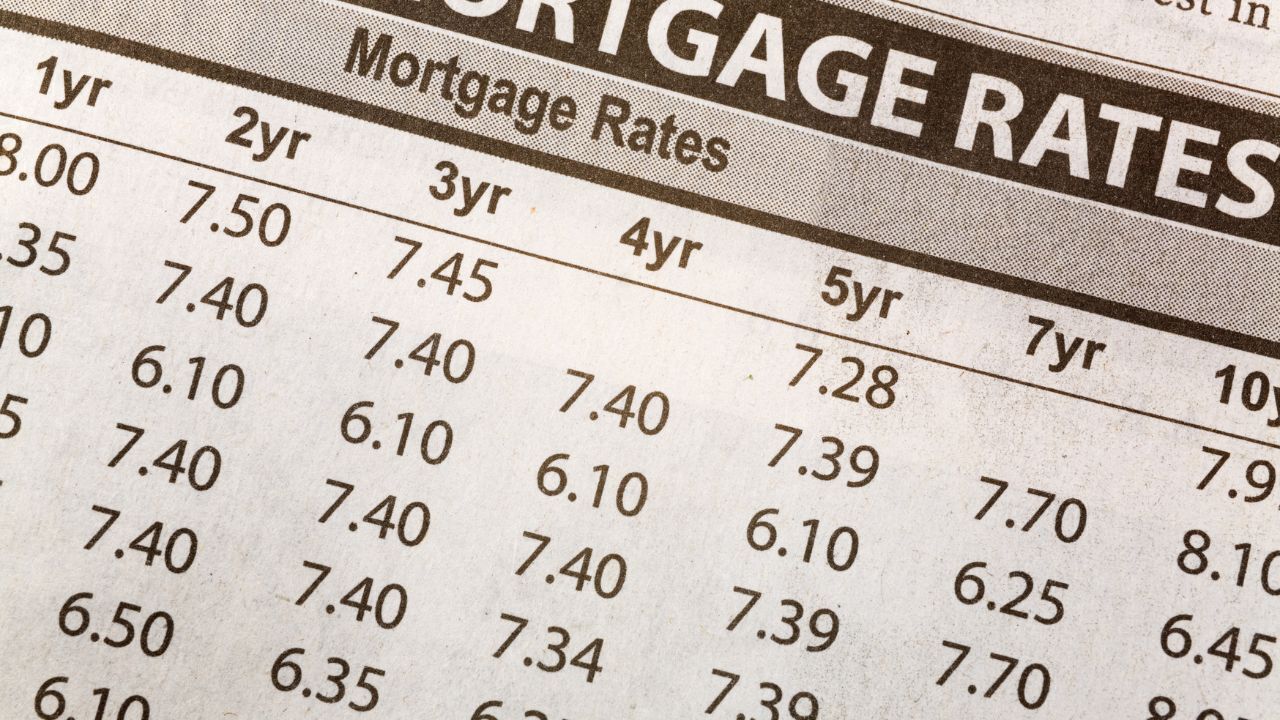 Buying a home is exciting, but the thought of monthly mortgage payments can feel overwhelming, especially for first-time buyers. One strategy to ease the financial burden is a temporary rate reduction. This type of mortgage allows borrowers to pay a lower interest rate for the first two years of the loan before it returns to the original fixed rate.
Buying a home is exciting, but the thought of monthly mortgage payments can feel overwhelming, especially for first-time buyers. One strategy to ease the financial burden is a temporary rate reduction. This type of mortgage allows borrowers to pay a lower interest rate for the first two years of the loan before it returns to the original fixed rate.
How a Temporary Rate Reduction Works
In a temporary rate reduction, the interest rate is lowered in stages during the first two years. In the first year, the borrower pays a rate typically two percentage points below the note rate. In the second year, the rate is reduced by one percentage point. By the third year, the mortgage returns to the full fixed interest rate for the remainder of the loan term.
For example, if the note rate on a mortgage is five percent, a temporary rate reduction could start at three percent in year one, four percent in year two, and five percent from year three onward. This structure helps buyers ease into their mortgage payments gradually, making the initial years more manageable.
Who Benefits from a Temporary Rate Reduction
This option can be particularly helpful for homebuyers who expect their income to increase over time or who anticipate temporary financial constraints. It also appeals to first-time buyers who want to reduce initial monthly payments while adjusting to costs like taxes, insurance, and maintenance.
How It Is Funded
The cost of the temporary rate reduction is usually paid upfront at closing. It can be covered by the seller as a concession, by the lender, or by the borrower. Essentially, this upfront payment ìpre-paysî the interest for the lower rates during the first two years, allowing borrowers to enjoy reduced monthly payments immediately.
Considerations Before Choosing a Temporary Rate Reduction
While this option can make early payments easier, borrowers should ensure they can afford the full note rate once the reduced period ends. It is also important to compare this program with other mortgage options to determine the best fit for long-term financial goals.
A temporary rate reduction can be a smart strategy for easing into homeownership and lowering initial mortgage payments. By understanding how it works and planning for future adjustments, buyers can use this tool to make the first years of homeownership more affordable and manageable.
 Buying a home is one of the most significant financial decisions you will make. While it is exciting to pick out your dream home, the mortgage process can be complex and stressful. One critical factor that can make or break your journey is your credit. Credit monitoring gives you the insight and control you need to stay on track.
Buying a home is one of the most significant financial decisions you will make. While it is exciting to pick out your dream home, the mortgage process can be complex and stressful. One critical factor that can make or break your journey is your credit. Credit monitoring gives you the insight and control you need to stay on track.

 The rise of cryptocurrency and digital assets has transformed the way many people invest and build wealth. As more buyers hold Bitcoin, Ethereum, and other digital currencies, the question of how these assets impact mortgage approval has become more common. While lenders are beginning to recognize cryptocurrency, it is still a developing area that requires careful planning.
The rise of cryptocurrency and digital assets has transformed the way many people invest and build wealth. As more buyers hold Bitcoin, Ethereum, and other digital currencies, the question of how these assets impact mortgage approval has become more common. While lenders are beginning to recognize cryptocurrency, it is still a developing area that requires careful planning. Starting your life together as a married couple is an exciting season filled with new milestones. One of the biggest decisions many newlyweds face is whether to buy a home together. While combining households and finances can feel overwhelming, taking time to understand how mortgages work and planning together can set you up for long-term success.
Starting your life together as a married couple is an exciting season filled with new milestones. One of the biggest decisions many newlyweds face is whether to buy a home together. While combining households and finances can feel overwhelming, taking time to understand how mortgages work and planning together can set you up for long-term success.
 Today we celebrate the hard work, dedication, and dreams of so many families. Labor Day is more than just a day off, it is a reminder of why we work hard: to create a life we love and a place we are proud to call home.
Today we celebrate the hard work, dedication, and dreams of so many families. Labor Day is more than just a day off, it is a reminder of why we work hard: to create a life we love and a place we are proud to call home. Artificial intelligence is transforming the mortgage industry. Lenders now use AI to analyze applications, assess risk, and make decisions faster than ever. This technology helps streamline underwriting, reduces human error, and allows mortgage originators to focus on providing personalized guidance. AI is not replacing professionals but enhancing their ability to serve clients efficiently and accurately.
Artificial intelligence is transforming the mortgage industry. Lenders now use AI to analyze applications, assess risk, and make decisions faster than ever. This technology helps streamline underwriting, reduces human error, and allows mortgage originators to focus on providing personalized guidance. AI is not replacing professionals but enhancing their ability to serve clients efficiently and accurately. When it comes to money, emotions play a big role. Many home buyers get caught up in excitement, fear of missing out, or the desire to impress others. These feelings can influence mortgage choices, leading to decisions that might not align with long-term financial goals. Recognizing emotional triggers is the first step to making smarter choices.
When it comes to money, emotions play a big role. Many home buyers get caught up in excitement, fear of missing out, or the desire to impress others. These feelings can influence mortgage choices, leading to decisions that might not align with long-term financial goals. Recognizing emotional triggers is the first step to making smarter choices.